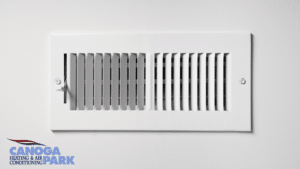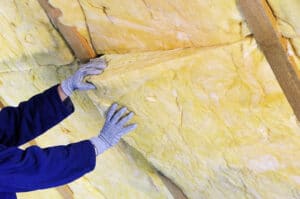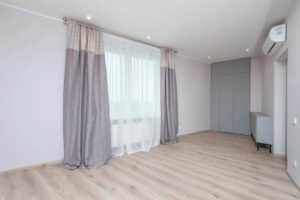Which Type of Air Filter Do You Need?
Every air conditioning system uses some type of filter in the air handler. Air filtration keeps dust and allergens from recirculating in the air you breathe, helping you keep your family happy and healthy. The right air filter can reduce allergy symptoms while improving your home comfort. Below, we’ll discuss what types of air filters are available and what benefits each provides. Types of HVAC Filters and Air Filter Benefits Before you add a $3 air filter to your cart, consider these filters, which may improve your health and HVAC experience: Standalone Filters and Air Purifiers HEPA Filters High-efficiency particulate air (HEPA) filters have been around since World War II. These filters collect 99.97% of the airborne particulates that pass through them. HEPA technology does an exceptional job removing pollen, bacteria, pet dander, dust mite residue, and mold from airflow, but may not capture smoke or chemical-related fumes. HEPA filters are most commonly available as standalone units or in commercial HVAC systems. Ionic Filters An ionic filter won’t slide into your air handler the way other filters do, but they do improve air quality. Homeowners often use standalone ionic filters to reduce the number of allergens and irritants in the










